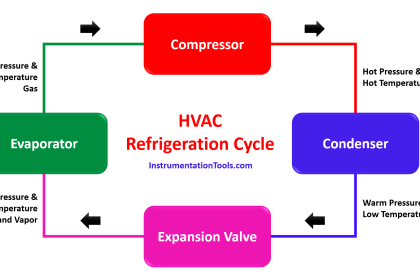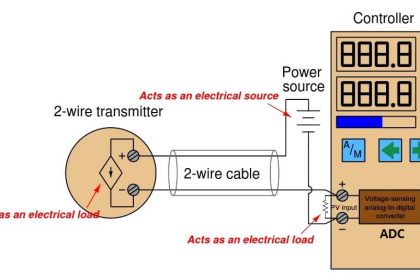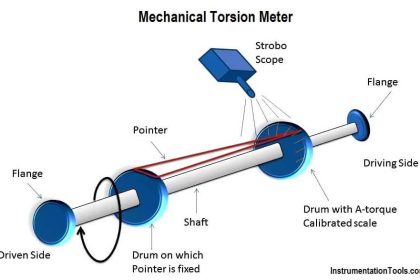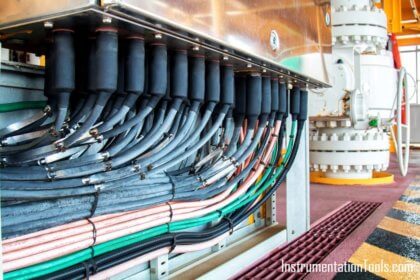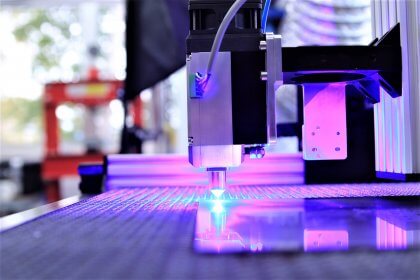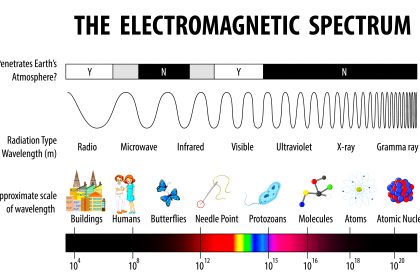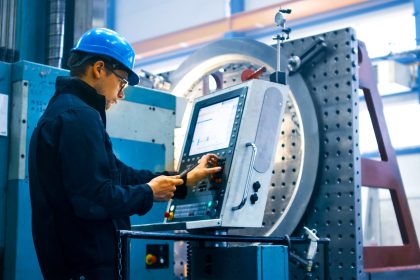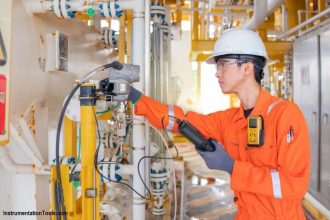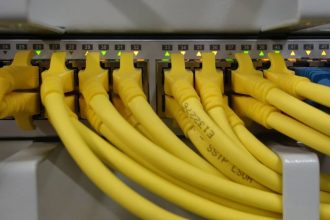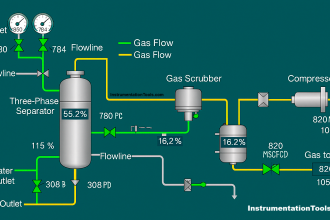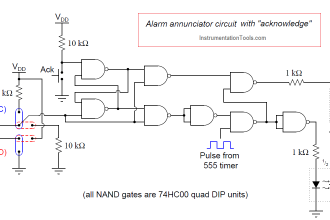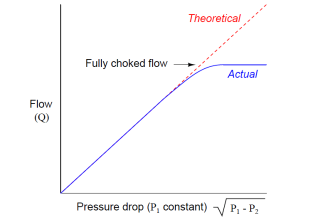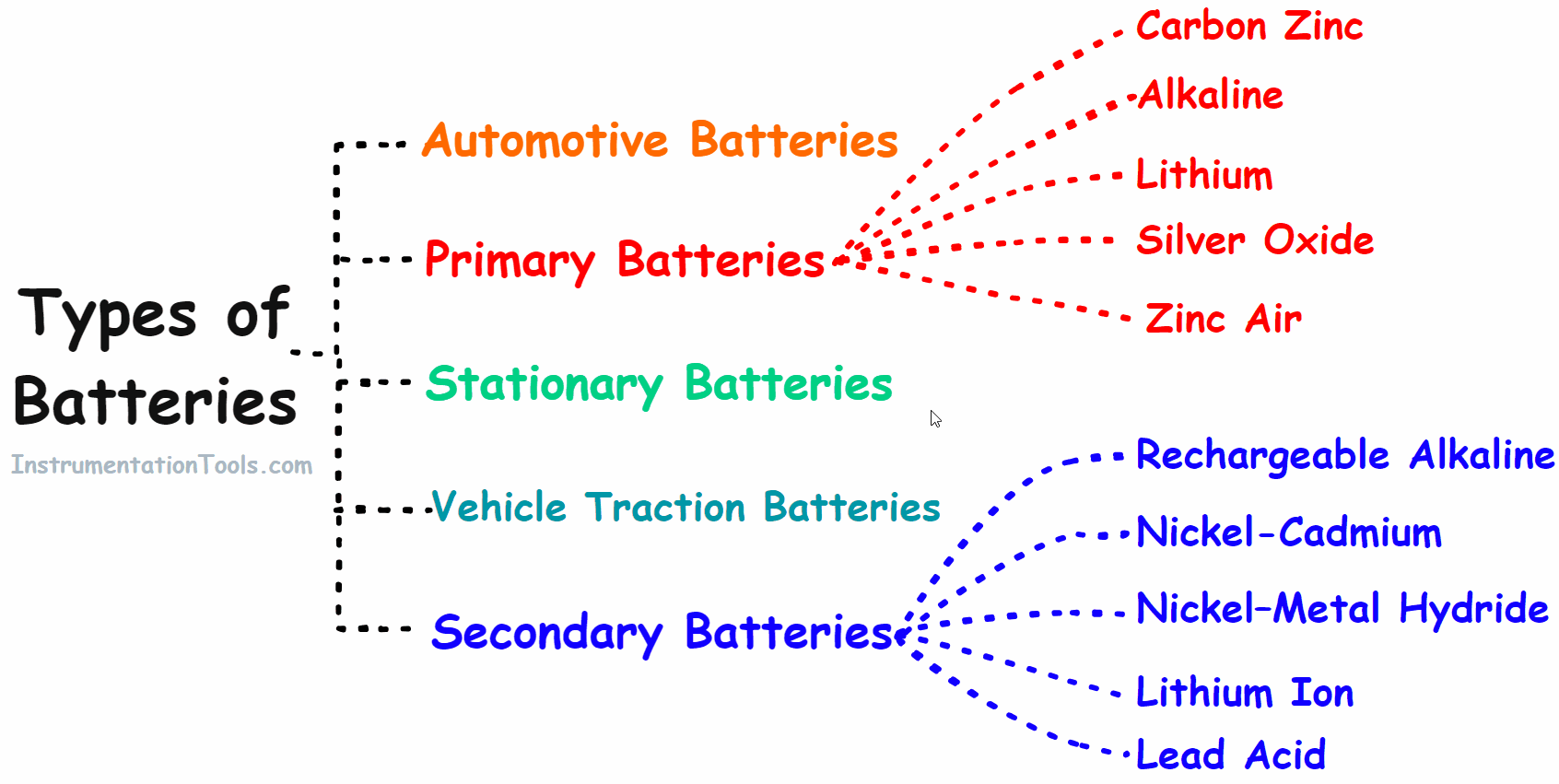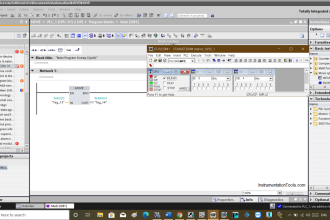The “Quantum Age” is upon us. Get ready for a world of endless possibilities!
Quantum Age is the name given by scientists and researchers to our 21st Century. The reason behind it is the development of a new generation of technology: quantum computers.
With quantum computing, we can solve problems that are too difficult for classical computers. Today it is used for artificial intelligence, cyber security, and financial modeling among other areas, and its development has been strongly shaped by vacuum technology.
Quantum Computers Outperform Classical Computers
Quantum computers are extremely out of the ordinary. Their ability to perform tasks is much faster than the one of standard computers, outperforming them significantly:
Google, for example, created a quantum computer 158 million times quicker than the fastest supercomputer built today. In 2019, Google’s computer did a calculation in less than four minutes that would take the world’s most powerful computer 10,000 years to do.

What makes this possible?
Standard computers have been built around the same design for decades: whether it’s the massive machines at NASA or your personal laptop, they’re all essentially just glorified calculators that can only do one thing at a time.
This dramatic difference with quantum computers in speed is due to the use of quantum bits, ‘qubits’ for short: they can be both a 1 and a 0 at the same time, unlike regular computer bits, which can only be one or the other.
Quantum bits, ‘qubits’ for short
Quantum computers are able to do so by taking advantage of the strange behavior of matter at the atomic level, specifically, the abilities known as “superposition” and “entanglement.”
The use of qubits makes them extremely fast, but also extremely fragile. Quantum computers are extremely delicate and susceptible to disturbances, due to the fact that any interaction between the qubit and its environment can cause it to fall out of its state (superposition or entanglement).
To avoid this, quantum computers must not only be kept in an ultra-high vacuum (UHV) environment but should also stay in a place where there is no noise or vibration, such – for example – a ghost town.
2020 has been a very challenging year for most of us, but it has been gold for quantum researchers: with fewer people around university labs, there was far less noise and vibration, allowing them to avoid decoherence (loss of quantum behavior to the environment).
Any interaction between the qubit and its environment can, in fact, knock it out of the superposition or entanglement state.

What are Superposition and Entanglement States (Ion Trapping)
Superposition occurs when atoms or ions can exist in multiple states at the same time. Entanglement happens when two qubits have a special connection.
Entanglement can be created by bringing two particles close together and then performing an operation to entangle them so that they are connected. After this operation, they can be separated. The connection they formed with each other will remain no matter how far apart they are.
These operations are carried out by cooling the atoms or ions to near absolute zero and then manipulating them inside a UHV chamber with precision lasers. A UHV chamber’s internal volume can be very small (a few cubic centimeters), but it can still be kept in a vacuum using special pumps.
Vacuum pumps can range in size from very small to very large, all of them able to pump the chamber until the environment is pumped down to extremely low levels.
Agilent Vacuum Pumps
Agilent (formerly Varian) offers a wide range of VacIon ion pumps with various pumping speeds (from 0.4 to 1000 L/s) to meet any vacuum requirements. You can customize the ion pumps and controllers to get the configuration you need for your application.
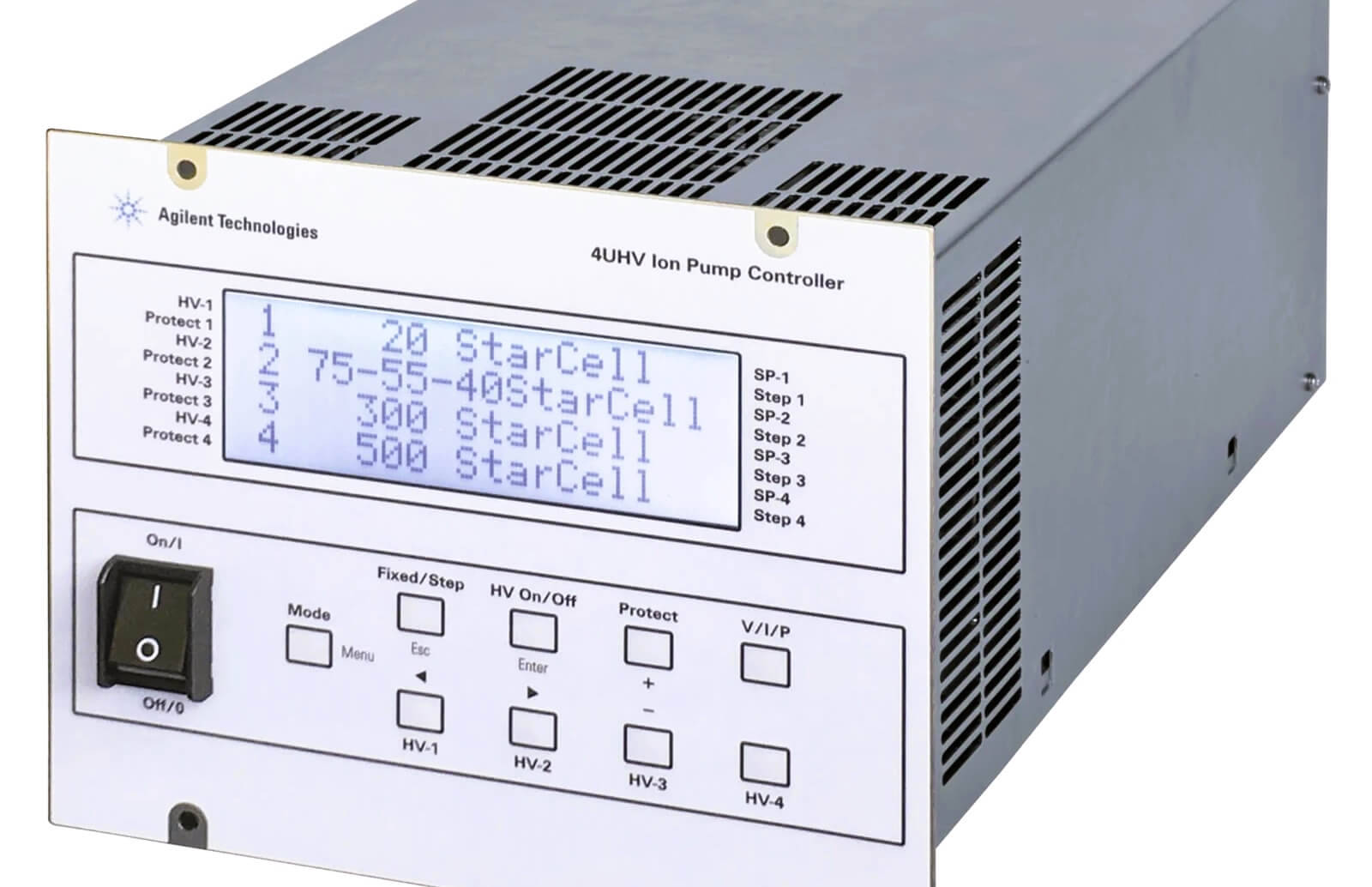
Where stable ultra-high or extreme-high vacuum (UHV or XHV) conditions are essential, Agilent’s products are the best choice. Discover Agilent’s range of ion pumps and control units for ultra-high (UHV) and extreme-high vacuum (XHV) here.
Superconducting Circuits
When it comes to quantum information, there are two methods for storing it. The first is via ion traps, and the second is via superconducting circuits.
Superconducting circuits are more known and developed, while ion traps are still being researched. To obtain superconducting circuits, you need to use vacuum techniques.
Superconducting devices are exceptional: they become conductive at a specific temperature, which is extremely low.
Dilution refrigerators are needed to keep superconducting devices at the optimal temperature (which is even colder than outer space). They work with vacuum pumps, by recycling and compressing the vapourised helium-3 before diluting it again with helium-4.
Vacuum Technology Techniques Today
If you want to operate a sputter ion pump and TSP (Titanium Sublimation Pump, which provides extra high pumping speeds) in order to achieve the needed XHV, you need to reach a pressure that’s below 5×10-8 mBar (dependent on the type of element).
This is because at a higher pressure there would be lots of particles, and it would make impossible the operation of the Titanium Sublimation Pump.
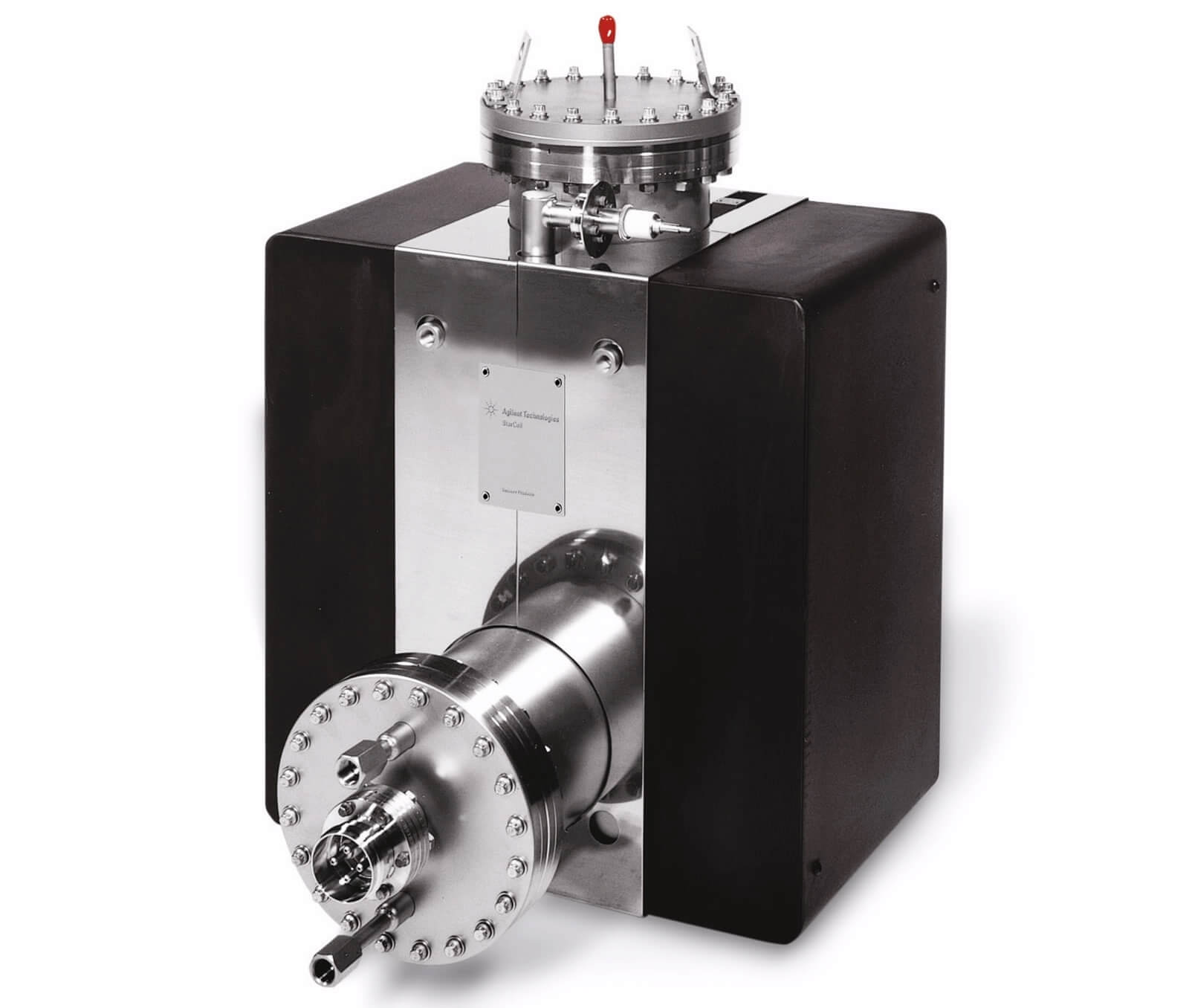
It’s important to have good fore vacuum pumps and turbomolecular pumps that can remove most of the particles before the ion pump can be operated and reach the ideal vacuum level for TSP enablement.
Turbo Pumps
A turbo pump is made up of two sections: the turbo and the drag. The turbo section is composed of rotating and fixed disks (referred to as rotors and stators, respectively) with angled blades.
When a gas molecule enters the turbo pump’s inlet and collides with a spinning rotor blade, the blade’s momentum redirects the gas molecule further into the pump.
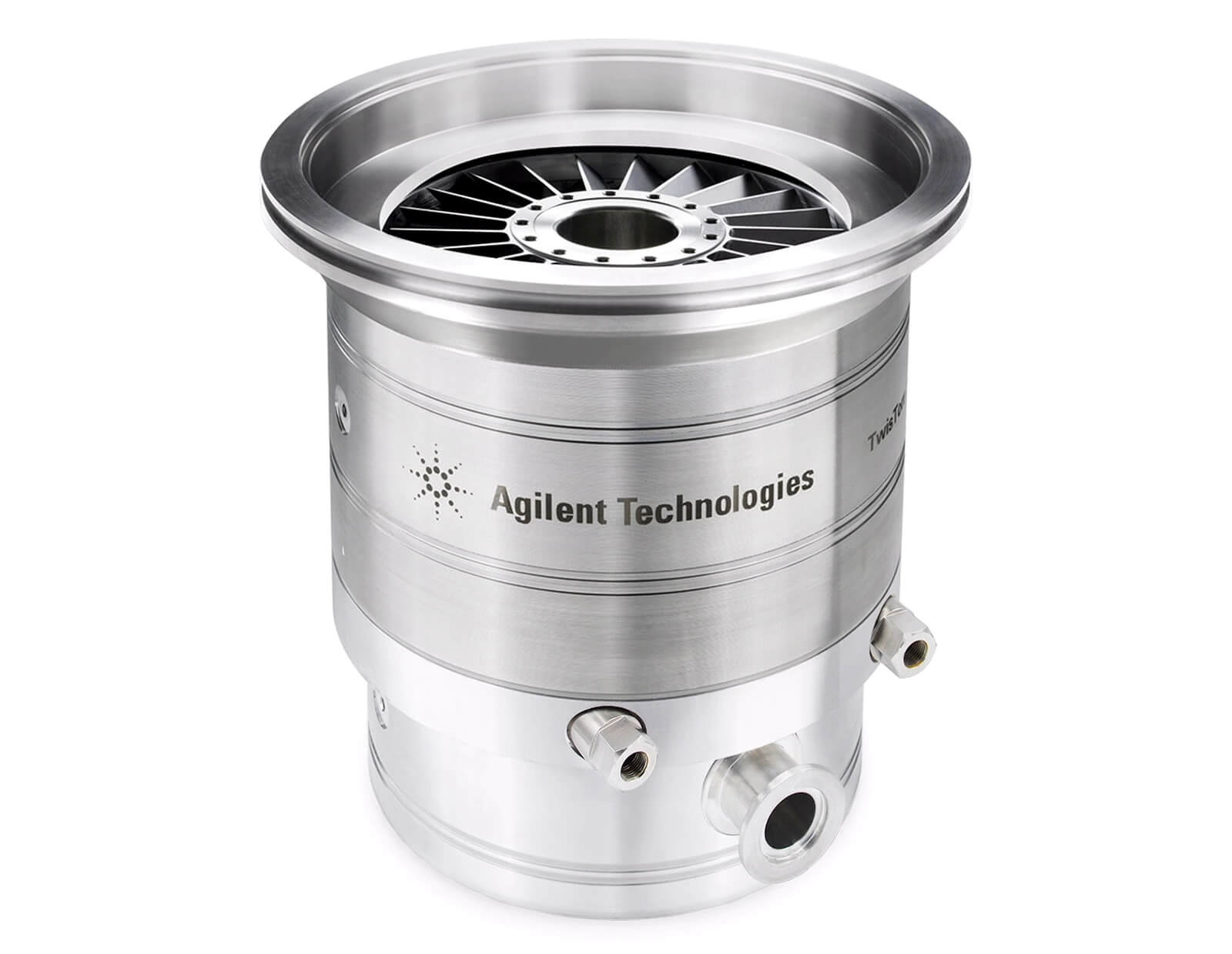
The gas is then directed to drag stages, which consist of narrow channels that compress and move the gas to the pump’s exhaust (foreline), where it is exhausted into the atmosphere by a separate backing pump.
Backing Pumps: Scroll Pumps to Provide Oil-Free, Quiet, and Sustainable Vacuum
Scroll pumps (check out Agilent’s scroll pumps here) produce a vacuum with a simple dual-scroll mechanism in which one nested scroll orbits within the other, resulting in moving zones of captured gas.
After entering the perimeter scroll, the gas is displaced and compressed toward the central hub, where it is exhausted.
Quick and predictable maintenance procedures reduce service downtime and the overall cost of ownership. When oil-free pumping is needed, scroll pumps are an excellent alternative to rotary vane pumps.
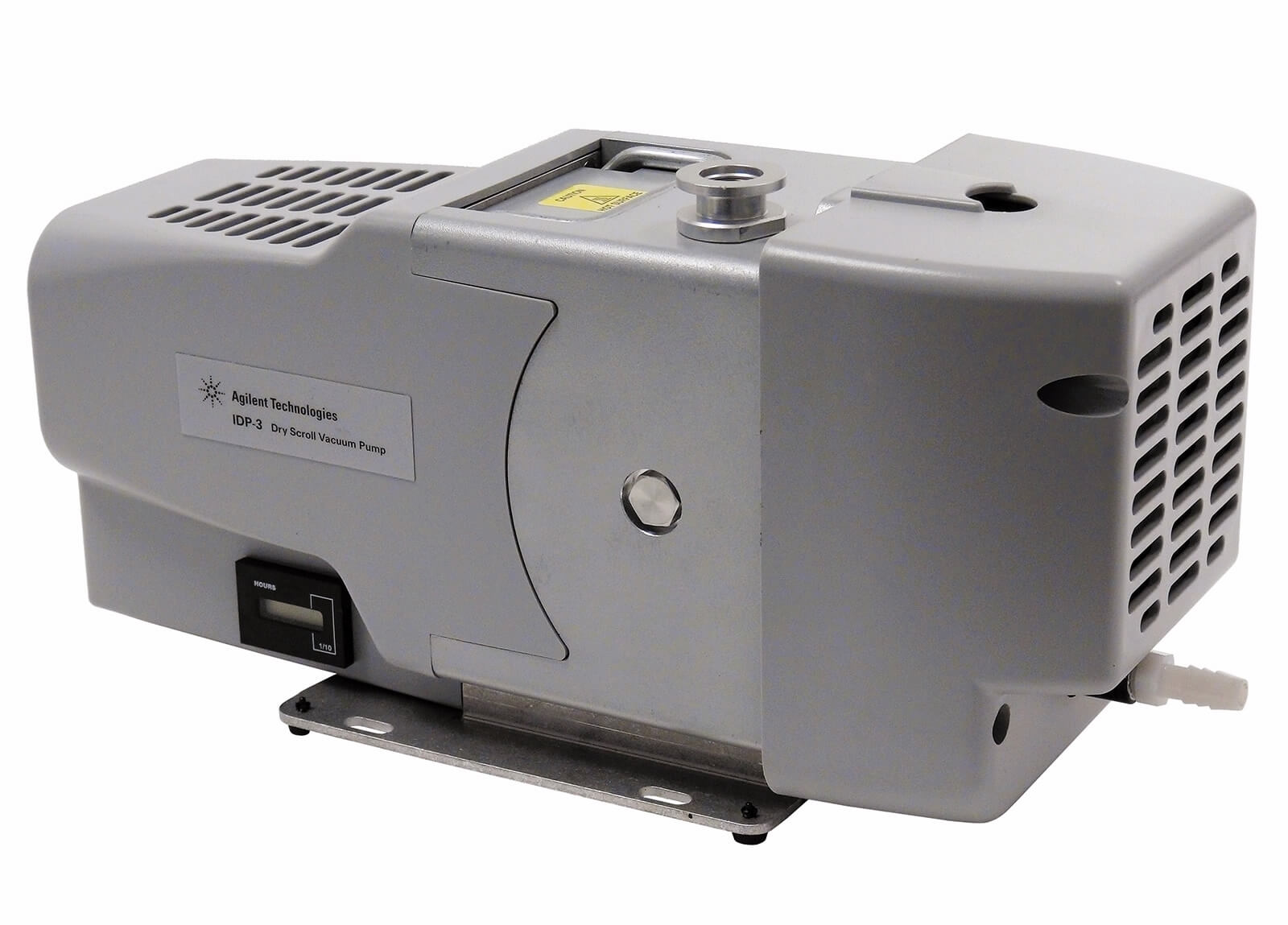
Agilent IDP hermetic dry scroll pumps have isolated bearings and provide a clean, quiet vacuum that is free of oil. Agilent TriScroll pumps are reliable and efficient scroll pumps with high pumping speeds, low base pressures, and an optional smart inverter controller driving the electrical motor.
Backing pumps, when combined with a turbomolecular pump and vibration-absorbing bellows, create a system that does not vibrate much and does not need to be isolated from the roughing system.
Helium in Vacuum Pumps
Vacuum pumps, in order to create a vacuum – or space without any air – remove gas molecules from enclosed spaces.
To maintain a high or ultra-high vacuum (UHV), it is necessary to use a pump that can remove hydrogen gas molecules, as they are the main residual gas at the ultra-high vacuum level required for ion traps or superconducting circuits.
These hydrogen gas molecules, however, are difficult to remove and can be released from the inside of the used metal components as well, hence the need for lengthy bakeout procedures, which sometimes are weeks long. This can be a real inconvenience, especially if the system is repeatedly opened and closed to the atmosphere level.
One method for improving pump-down to UHV conditions and minimizing the effects of the desorption rate is to use cryo pumping with cold plates with a higher adsorption rate. This allows faster pumping to UHV, which can be achieved by expanding and compressing helium to cryogenic temperatures.
Helium Leak Detectors
Helium is a gas used in leak detection. Helium leak checking systems are the most advanced method of leak detection and are essential to ensure any UHV equipment’s vacuum integrity throughout its lifetime.
Helium is great for detecting leaks as it is unaffected by anything and is extremely light and penetrant.
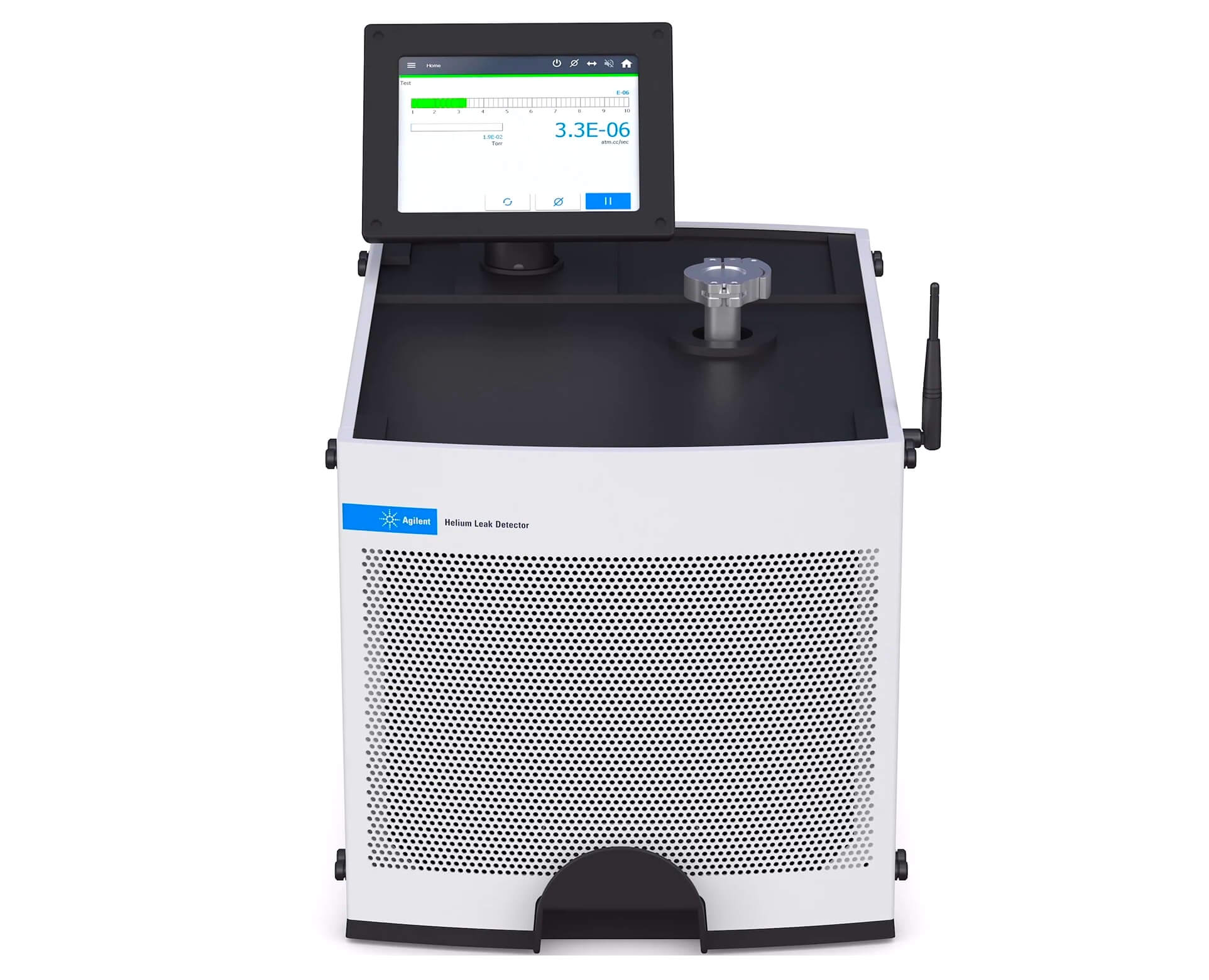
Agilent provides a variety of leak detection solutions to ensure the safety, security, and consistency of research, vacuum, and industrial process systems.
The HLD Helium Leak Detector, PHD-4 sniffer, and C-15 component leak detector are durable, precise, and simple-to-use instruments that detect leaks in a variety of industrial applications, including circuits in quantum computers.
